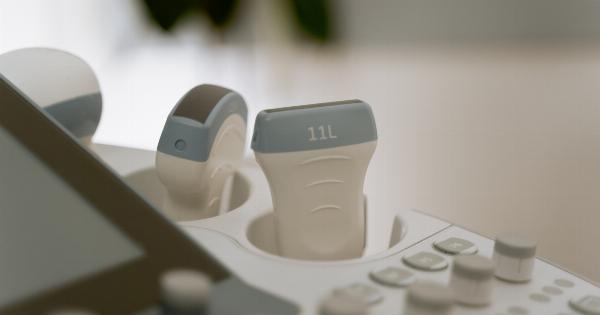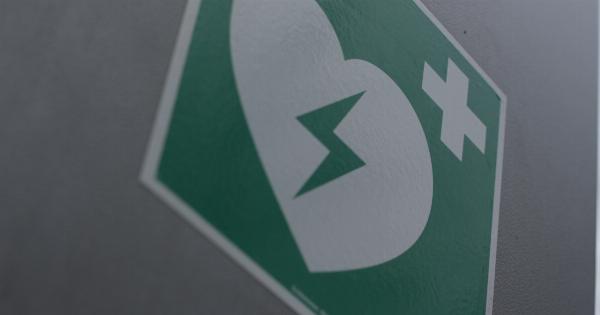Stroke is a leading cause of disability and death worldwide, and identifying your risk factors is essential for prevention. One often overlooked risk factor is the role of blood pressure.
In this article, we will explore the link between blood pressure and stroke, and how using a pressure upright can help you understand and manage your stroke risk.
What is a Stroke?
A stroke occurs when the blood supply to the brain is disrupted, either due to a blockage or a bleed. This interruption starves the brain of oxygen and nutrients, leading to brain cell damage and potential long-term disabilities.
There are two types of stroke:.
1. Ischemic Stroke:
Accounting for about 85% of all strokes, ischemic strokes happen when a blood clot blocks a blood vessel in the brain.
2. Hemorrhagic Stroke:
These strokes occur when a blood vessel ruptures, causing bleeding into the brain.
The Link between Blood Pressure and Stroke:
High blood pressure, also known as hypertension, is a significant risk factor for stroke. When blood pressure is consistently high, it puts extra strain on the arteries, making them more prone to damage.
Over time, this damage can lead to the formation of blood clots or weakened blood vessels that may eventually cause a stroke.
Studies have shown that having high blood pressure can increase your stroke risk by four to six times compared to individuals with normal blood pressure levels.
Additionally, studies have indicated that reducing blood pressure can significantly lower the risk of stroke, as well as heart attacks and other cardiovascular diseases.
Using a Pressure Upright to Monitor Your Blood Pressure:
A pressure upright is a portable device used to measure your blood pressure conveniently. It consists of an inflatable cuff that wraps around your upper arm, a pressure gauge, and a display screen.
By regularly monitoring your blood pressure, you can gain a better understanding of your stroke risk and take necessary steps to manage it.
Here are some key benefits of using a pressure upright:.
1. Early Detection of Hypertension:
Regular blood pressure measurements allow you to detect high blood pressure early on, even before you experience any symptoms.
This early detection enables you to take immediate action and make lifestyle changes or seek medical treatment to control your blood pressure levels and reduce your stroke risk.
2. Tracking Blood Pressure Patterns:
A pressure upright allows you to track patterns and variations in your blood pressure. By monitoring your blood pressure at different times throughout the day, you can identify any triggers or factors that may cause fluctuations.
This information can help you develop strategies to manage and stabilize your blood pressure more effectively.
3. Empowerment for Self-Care:
By having a pressure upright at home, you can actively participate in your own healthcare and become more engaged in managing your blood pressure.
It empowers you to make informed decisions regarding lifestyle changes, medication adherence, and overall stroke prevention strategies.
4. Motivation for Health Improvement:
The visibility of your blood pressure readings can act as a powerful motivator for making positive changes.
Seeing the effects of lifestyle modifications on your blood pressure can encourage you to continue adopting healthier habits, such as exercising regularly, eating a balanced diet, reducing stress, and limiting salt and alcohol intake.
5. Better Communication with Healthcare Providers:
Having a record of your blood pressure measurements can facilitate more meaningful discussions with your healthcare providers.
By sharing accurate readings, you can collaborate with your doctor to develop personalized treatment plans and medication adjustments if necessary.
Key Takeaways:
Understanding your stroke risk is crucial for effective prevention.
High blood pressure is a significant risk factor, but by using a pressure upright to monitor and manage your blood pressure, you can take proactive steps towards reducing your risk of stroke.
Regular blood pressure measurements provide early detection of hypertension, tracking of blood pressure patterns, empowerment for self-care, motivation for health improvement, and better communication with healthcare providers.
By utilizing this tool, you can become an active participant in your own stroke prevention journey.






























